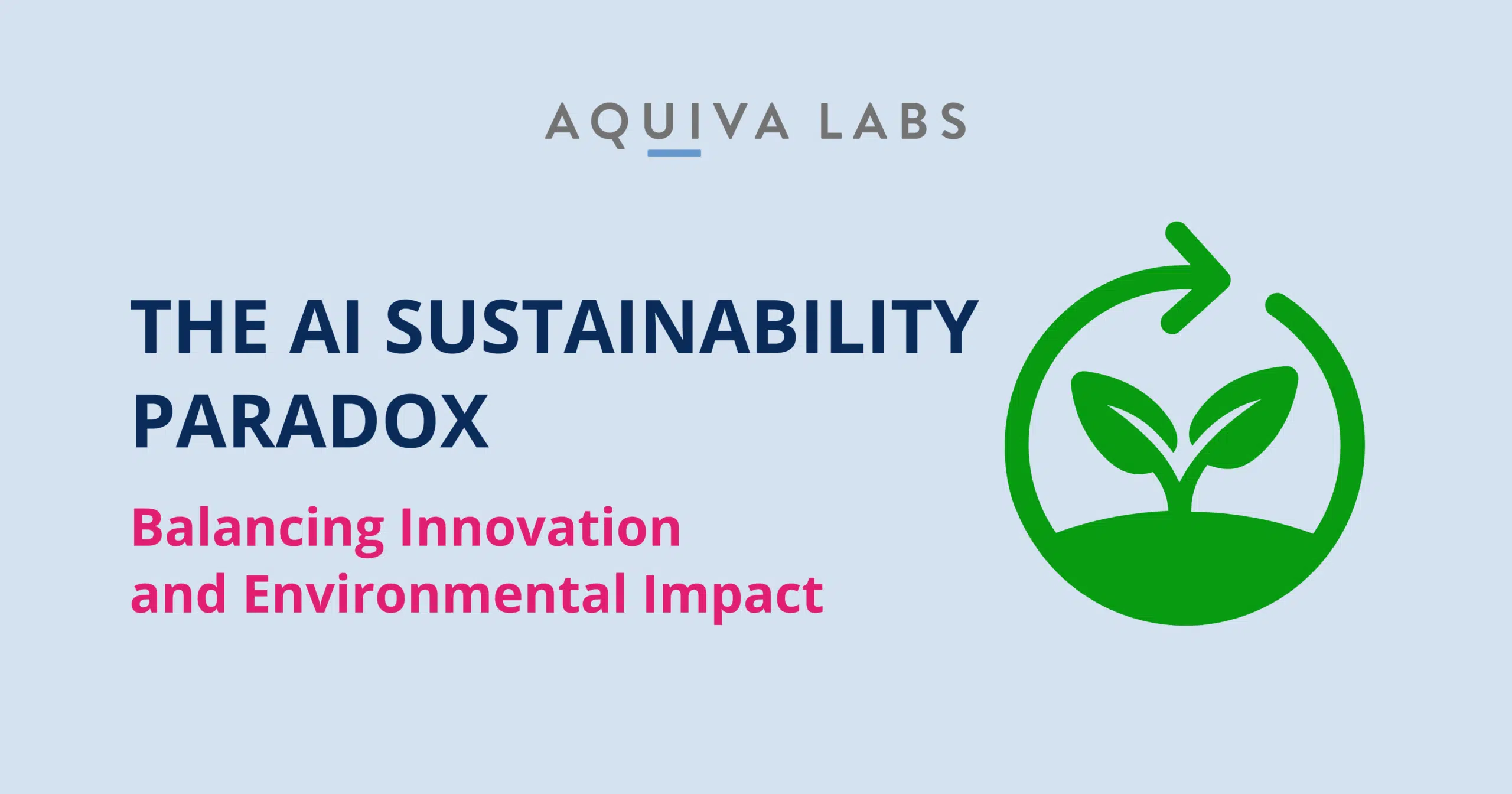In December 2024, OpenAI released its latest model, o3, and called it the beginning of Artificial General Intelligence. Its pass on the ARC-AGI benchmark, a test for any AI to see how well it can adapt to new tasks, was pretty shocking. o3 got an incredible 87.5%, which is a lot better than the previous high of 55.5% for any other AI and even better than o1 results of 32% on that test. So, “a real breakthrough,” says AI researcher François Chollet, who created the ARC-AGI benchmark.
Beyond the benchmark, o3 has also been found to be very efficient in solving complex math problems and has been correct in 87.7% of the PhD level questions asked. But that comes at a high cost: every task in o3 high compute mode costs more than $1000 in computing power. That is 170 times the cost of the compute version of o3 and clearly much higher than o1, which costs less than $4 per task. That leads to some significant questions about how this method can be scaled and whether such high end AI can be applied to anything other than very expensive and/or critical tasks.
A single o3 task, a recent study found, uses about 1,785 kWh of electricity — the amount of electricity an average American household uses over two months. In other words, the amount of energy consumption, according to Boris Gamazaychikov, head of AI sustainability at Salesforce, is equal to 684 kilograms of carbon dioxide equivalent emissions — the equivalent of five full petrol tanks.
This has raised questions about the sustainability of the AI industry. A trend within AI development is to build ever-larger models with increasing numbers of parameters. As models increase in size, so does their energy consumption, which is a challenge for companies committed to reducing their carbon output.
The Quest for Green AI
New and traditional approaches are being developed to realise a range of energy sources that, in turn, will help satisfy the energy appetite of AI applications.
Renewable Energy:
- Companies like Amazon Web Services commit to powering their data centres with 100% renewable energy.
- Salesforce is also pursuing “low-carbon data centres” and has deployed energy-efficient hardware (Hyperforce, Einstein Platform, and Agentforce instances run on AWS).
- Solar and wind power remain in application today and are on the increase, but they could not help reach the rising demand for AI alone owing to its periodicity.
Nuclear Energy:
- Renew interest has evolved toward nuclear power as a source of energy that is clean and aids in offsetting the immense demands of artificial intelligence in energy needs. A number of specialists consider it “the inevitable fate” awaiting sustainable energy.
- Companies like Oklo are already working on small modular reactors, the SMRs, that would offer a more flexible and scalable source of nuclear energy for the AI systems. Having said that, the economics of SMRs remain uncertain.
- Microsoft has a corporate power agreement to revive a nuclear plant; other big tech companies are likewise looking for nuclear energy solutions.
- Nuclear fusion is one set of “infinite power” sources under consideration for powering AI. OpenAI Chief Executive Sam Altman has made significant investments in nuclear fusion company Helion Energy, while Microsoft has an agreement to buy the company’s fusion energy. Consistently, however, it’s been said this technology remains in development, with the actual achievement of it at a commercial scale being arduous.
Traditional Sources:
- Some sources still predict that, in the short run, natural gas will be used most. There is concern that the need for backup capacity in gas to support renewable energy makes it a less desirable solution.
- Energy infrastructure is currently not at a level to bear the burden of such huge investments being made in its extension and modernisation.
- Qualitative improvement in AI, independent of increased computing power, is much needed. And that’s a trend that the current scaling up of sizes and numbers of parameters of AI models doesn’t have good answers to. For companies with strong commitments to reduce their carbon footprint, it already presents a problem.
What does this have to do with Salesforce?
Salesforce is highly relevant because of what it says (and does) regarding AI and sustainability through the dialogues on creating and deploying AI, bringing along environmental concerns.
Regulatory Advocacy: Salesforce calls for the creation of new regulations that would force companies to disclose data on emissions and efficiency standards related to general-purpose AI models. It calls for the standardisation of metrics on how to report the energy efficiency and carbon footprint of data centres and the amount of water usage. It also calls for the inclusion of the environmental impact of AI in risk assessments.
Efficiency Principle: Salesforce adopts a strategy of building limited, purpose-built models rather than large, monolithic, general-purpose ones. Small(er) language models are more sustainable and cost-effective with much easier fine-tuning in the context of ongoing innovation and investment related to Agentforce.
Internal Sustainability Efforts: Salesforce applies the most efficient hardware possible and conducts the AI activities at data centres powered by lower-carbon sources. They have committed to reducing their absolute emissions by 50% by 2030 and strive for near zero no later than 2040.
- Salesforce has reached net-zero residual emissions by powering its operations with 100% renewable energy; it’s a founding partner of 1t.org.
- Transparency Matters: Salesforce believes that material ESG metrics should be transparent, repeatable, consistent, verifiable, and reviewed by third-party auditors for their sustainability metrics. They also work with Hugging Face on the Energy Scores for AI Models project to provide standardised ratings of a model’s environmental impact.
- AI for Sustainability: Salesforce believes AI might enhance corporate sustainability through optimising energy and water use, monitoring biodiversity, accelerating the aggregation of data in ESG reporting, among others. They also believe in the power of AI in solving environmental challenges through mainly AI-powered agents which would streamline supply chains.
- Bridging the Knowledge Gap: Salesforce also recognises that the biggest thing holding people back from taking action is the lack of understanding of where AI is used in sustainability and calls for the need for businesses to be better informed about their AI-related emissions.
What it means for you
58% of sustainability professionals believe the benefits of AI outweigh the risks, but work is yet to be done.
Customers can take several steps to align with Salesforce’s sustainability goals and take advantage of the company’s commitment to environmentally responsible AI. Salesforce is transparent in reporting its AI-related energy and environmental metrics, giving customers insight into the impacts of the AI services they use. You can also use resources and tools, such as Net Zero Cloud, designed to track and reduce their environmental footprint. You will also benefit from Salesforce’s innovative practices for artificial intelligence that better your sustainability practices. With Aquiva Labs being the summit SI partner of Salesforce, we will aid you in pursuit of your targets regarding sustainability objectives with Salesforce as your partner.
We can guide you on how to monitor and report your environmental data with Net Zero Cloud and implement sustainable data and AI practices in Salesforce with Data Cloud and Agentforce.
Have Questions? Get in Touch Below!
Written by:

Greg Wasowski
SVP, Consulting and Strategy




